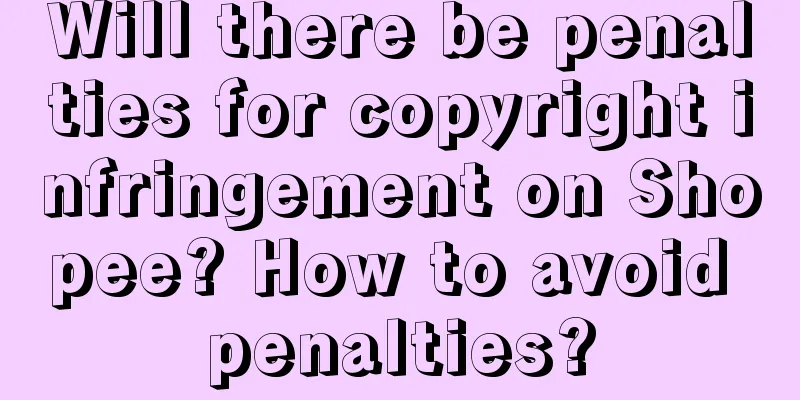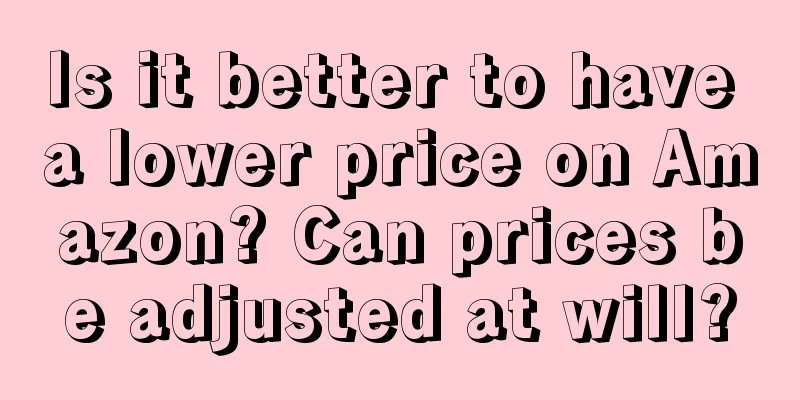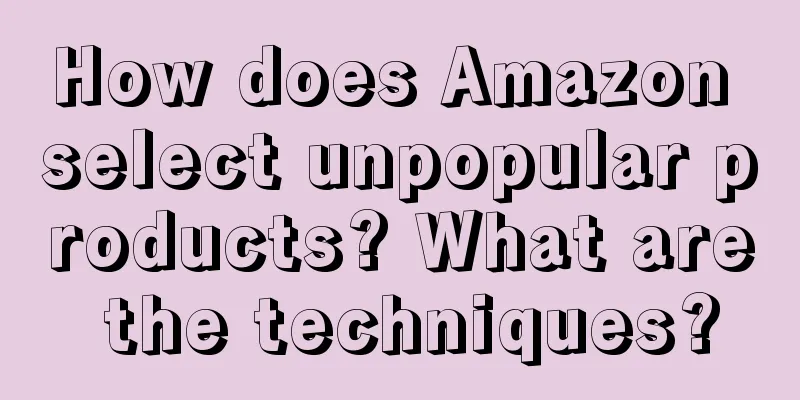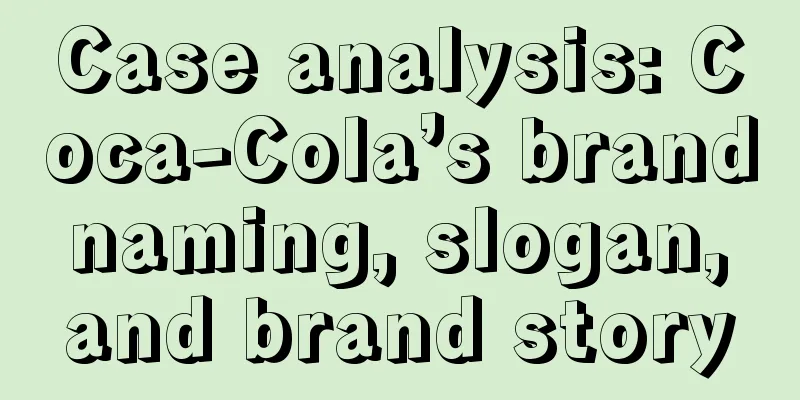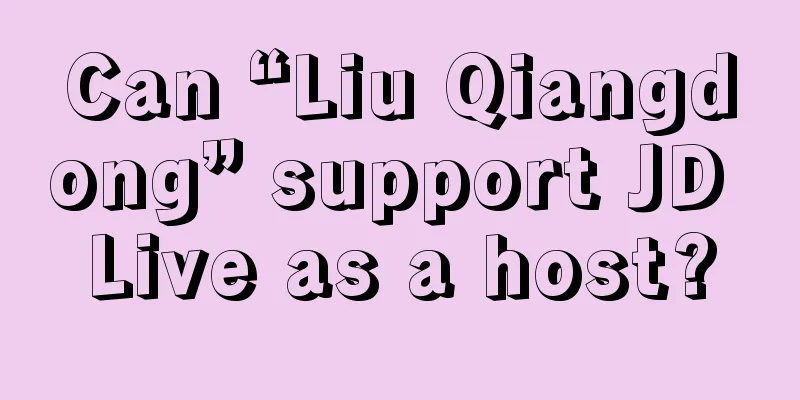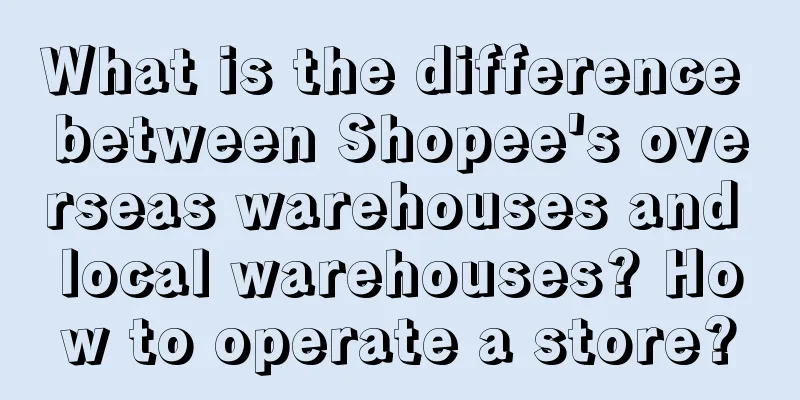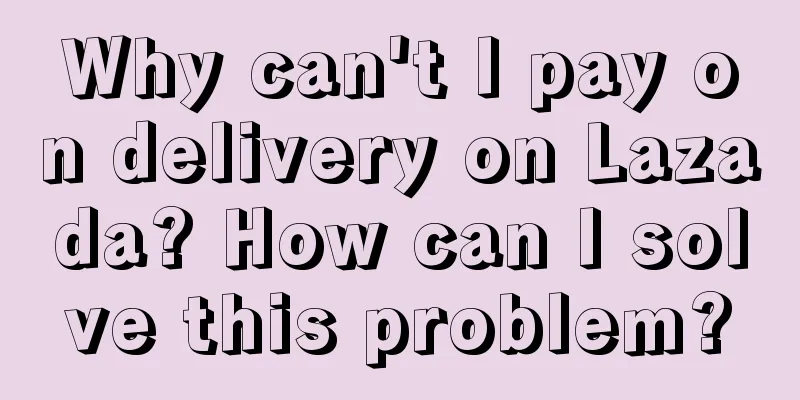Brand No. 1: Dislocation + Open Space = Flanking Battle
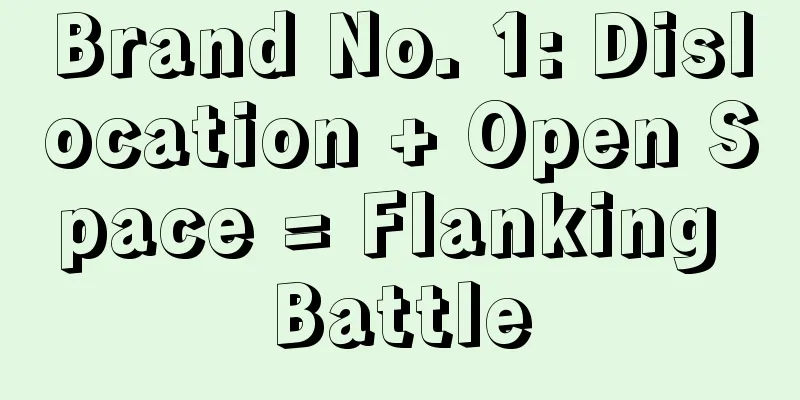
1. Dislocation + Open Space = Flanking Battle1. Misaligned competitionFacing the strength of the first mover, if the latecomer competes with the first mover in the same dimension, it is tantamount to hitting a rock with an egg. In the history of business, there are almost no cases of launching a direct challenge to the leader and winning. The core of misaligned competition is to find your own ecological niche in the industry, choose different elements from the first mover, and then achieve a breakthrough in the new track. Facing the strong position of Yili, Mengniu and Bright in the ambient temperature milk market, Jane Eyre chose low-temperature milk (yogurt) as its entry track and found the competitive value point by focusing on new channels. With the help of new channels and staggered competition, it seized the competitive gap and became the leading brand in the subdivided category. 2. Vacancy occupationEmerging companies often challenge industry giants by disrupting the low-end market, which is not entered by the giants. Because the low-end market is small in scale, has low profit margins, and has unclear demand, it is difficult for industry giants to have a good reason to enter. As a result, emerging companies rise rapidly in the low-end market, break through, and then migrate from the low-end market to the mainstream market, and finally complete the disruption of industry giants. The Innovator's Dilemma Mixue Ice City insists on the strategy of low price and "surrounding the city from the countryside". From the perspective of the industry price range, Mixue Ice City has locked in low prices, but from the perspective of specific consumption, it is difficult to say that it is not a consumer upgrade for people who have always drunk beverages to now drink milk tea because of Mixue Ice City. Low-end disruption is not the only way, especially at the current time of consumption upgrading, many consumer brands have achieved industry breakthroughs by positioning themselves at high prices, and even brought dividends to the entire category, such as the new consumer brand: Xiaoguan Tea. 3. Flanking
The flanking war can be summarized in one sentence: surround the city with the countryside. The "countryside" is the opponent's weakness and emptiness, and the "city" is the opponent's strength and reality. If a strong opponent deploys heavy troops in the first and second tier cities, I will go to the third and fourth tier cities. If a strong opponent is trying to blockade offline, I will break through online. If a strong opponent is in supermarkets, I will find another way to go to convenience stores. For example, Winona entered the health category market and entered the market from the market segment in a flanking manner, forming a misaligned competition with the existing cosmetics giants. Positioning efficacy and single-point focus: focusing on efficacy-grade cosmetics, positioning the first brand of efficacy-grade cosmetics, making cosmetics with the standards of making medicines, with medical support and authoritative endorsement, going 1km deep from 1cm, going deep and penetrating; one selling point, gathering advantageous resources, promoting online, laying out channels offline, starting with the narrow and then the wide, from point to surface, breaking the game at the beginning, and playing a good hand. 2. Jane Eyre flank attack, empty position + 4PThe dairy industry has been developing for many years, and the ambient temperature milk sector has become a red ocean market: the industry concentration is high, and oligopoly enterprises are clear (Yili, Mengniu, and Bright). Due to the low market share of low-temperature milk (mainly yogurt) and the low unit price of the product, it was rarely taken seriously by brand companies before 2010. At the same time, this category has not yet been widely recognized by consumers. In 2010, the annual sales of yogurt was only RMB 33 billion, less than half of that of milk (RMB 67 billion). After 2013, the consumer demand for yogurt increased rapidly, and in 2014, Xia Haitong founded Jane Eyre. Jane Eyre positioned itself as "low-temperature high-end yogurt" and thus we have what we see today - raw milk, sugar, lactic acid bacteria, nothing else, this is Jane Eyre. In May 2015, Jane Eyre's first cup of additive-free yogurt was officially launched. In 2016, China's annual yogurt sales exceeded 100 billion yuan, and by 2022, yogurt sales are expected to grow to 220 billion yuan. 1. 4P: Product, Pricing, Channel, PromotionThe most important reason for Yuanqi Forest's rapid success is that it created a new "sugar-free" category. Low fat, low sugar, or even zero sugar are the pain points of the new consumer groups today. They pay more attention to health and are willing to pay a higher price for healthy products. The low fat, low sugar, or even zero sugar concept that has swept the beverage industry can also be repeated in the yogurt category. Jane Eyre targets the following groups: those aged 22 to 40, first- and second-tier markets, and highly educated mothers. At the same time, it focuses on high-end low-temperature yogurt in the low-temperature yogurt market, and uses the "no additives" concept to support its high-end, high-price strategy. 2. Product strength: raw milk, sugar, lactic acid bacteria, nothing elseBrand is the form of product, and product is the content of brand. When you are not a strong brand, consumers recognize brand by product, and when you become a strong brand, consumers choose product by brand. Whether it is marketing or branding, the first thing is 4P, and the first of 4P is product. Even the so-called market strategy will eventually fall on the layout of product lines. Compared with other yogurts with too many additives, Xia Haitong said: No matter how the product changes, "no additives" will never change. This not only meets the needs of the target consumer group, but also becomes the "differentiation" of Jane Eyre yogurt from other dairy products. And this slogan "Raw milk, sugar, lactic acid bacteria, nothing else" not only represents Jane Eyre's product concept, but also caters to the general health trend, killing two birds with one stone. 3. Pricing strategy: 5-10 yuan/100gWhen it comes to product pricing, the core for new brands is to lead sub-categories to break through the original perception of product prices and to deliver value through category value, product selling points and brand declaration. Price is never an issue; value for money is. What’s more, it’s only a matter of 10 dollars in the final analysis. If beverages can be sold at 6-7.5 yuan per bottle, why can't yogurt be sold at 10 yuan? At least in the consumer's category perception, the value of a cup of yogurt is always higher than the value of a bottle of beverage, not to mention if it is for children. In this case, the consumer's price sensitivity is within the acceptable range of less than 10 yuan. Because of this, Jane Eyre did not choose the low-price strategy of 2-3 yuan/100g, but set the price at a "high" level of 5-10 yuan/100g. 4. Channels: Convenience stores, boutique supermarkets, e-commerce, O2O, and other high-end channels with relatively fast growthThe traditional way of selling yogurt is to sell it in KA supermarkets and traditional small stores. Jane Eyre chose convenience stores, boutique supermarkets, e-commerce, and O2O high-end channels with relatively fast growth. In cooperation with Hema Fresh, it ranked first in low-temperature yogurt in the new retail channel in more than 300 Hema Fresh stores. This laid a brand potential for channel development in the future. Dislocation competition, avoid crowded roads, choose narrow gates - Compared with industry giants, new brands have weaker reputations and it is difficult to compete with them in the channels monopolized by industry giants at the beginning. They should use new channels and new models to quickly seize vacancies, expand their own brand awareness, and become the leader of the subdivided category. Then gradually try to enter larger channels to compete with giants, and it is possible to compete with them. Today, Jane Eyre’s channels have covered boutique supermarkets such as Olé and G-Super, as well as online Tmall and Weidian. Promotion: content promotion + image endorsement + targeted advertising Focusing on the target group, we use KOLs to convey product information: In cooperation with KOLs, we highlight the functional selling point of Jane Eyre products, namely "no additives", through customized content presentation, and make Jane Eyre 0 sugar yogurt a "necessity" for the healthy lifestyle of high-educated women, occupying their minds. In the process of KOC content co-creation, we gradually planted grass on multiple social platforms such as WeChat, Weibo, Douyin, and Xiaohongshu, completing the transformation from private domain precipitation to incremental growth. Sign a brand spokesperson to amplify the brand signal: On January 7, 2021, Jane Eyre officially announced the spokesperson for its 0-sugar series - Du Juan. Targeted advertising has detonated the mainstream: raw milk, sugar, lactic acid bacteria, and nothing else, this is Jane Eyre. In the 512 stage of brand-specific advertising, when the brand revenue reaches 500-1 billion, it is necessary to gradually allocate brand advertising. At this stage, 70% traffic advertising + 30% brand advertising is appropriate. When it reaches more than 1 billion, 50% of it needs to be used for traffic advertising and 50% for brand advertising. Because at this time, the marginal benefit of traffic advertising is decreasing, and brand advertising is to build brand power with its own traffic in the long run. When it grows to more than 2 billion, 70% of it will be used for brand advertising and 30% for traffic advertising. Defensive warfare, offensive warfare, flanking warfare, and guerrilla warfare based on cognitive advantages as external advantages and corporate strength.
|
<<: Don't try to convince the customer, make him feel that he wants to buy it.
>>: Meituan's "Little Wang" removes thorns from Douyin
Recommend
After spending 50 million yuan to "fail", the top Douyin star began to lose fans
Perhaps it is because fame brings trouble, "T...
Foreign copywriting is getting more and more crazy!
This article will take you to appreciate the creat...
What is the difference between Amazon replenishment limits and warehouse capacity?
Merchants who open stores on Amazon will definitel...
What are the overseas payment platforms? Introduction to overseas platforms
Due to the continuous development of technology, m...
Welcome "Sweet Girl" Tu Zi Ya, Kuaishou's top anchor lineup has added another member
Do you know Tu Zi Ya? This article starts with Tu ...
Is it really difficult to commercialize AI?
Although products such as ChatGPT have shown great...
How to save yourself when someone copies your product on Amazon? What are the methods?
When opening a store on Amazon, you may encounter ...
B Station e-commerce must pass three tests
Nowadays, all platforms are involved in e-commerce...
Merchants who have successfully run group buying on Douyin are now taking advantage of Kuaishou
Local life has gradually become one of the key are...
Do Amazon customer service staff speak English? What is this job like?
Amazon, a cross-border e-commerce platform, is ver...
120 Pokémon IP packaging + game-like design, Master Kong's crispy and delicious food is really "knowledgeable"
This article uses the successful IP brand collabor...
Why 1688 is so clear about "anti-involution"
The 1688 e-commerce platform has recently taken a ...
Douyin is creating an online supermarket, aiming to enter the comprehensive e-commerce industry?
Friends who often follow Douyin should know that D...
Do cross-border e-commerce purchases require invoices? How do I pay taxes?
With the development of globalization and the popu...
AI beauties, forming groups to sell goods on Douyin
With the advancement of AI technology, AI beauties...
